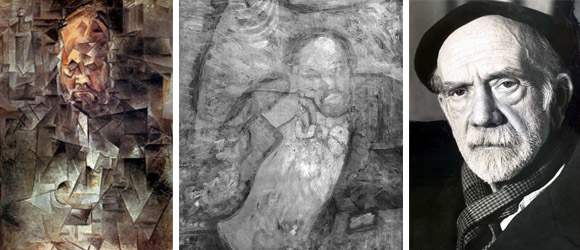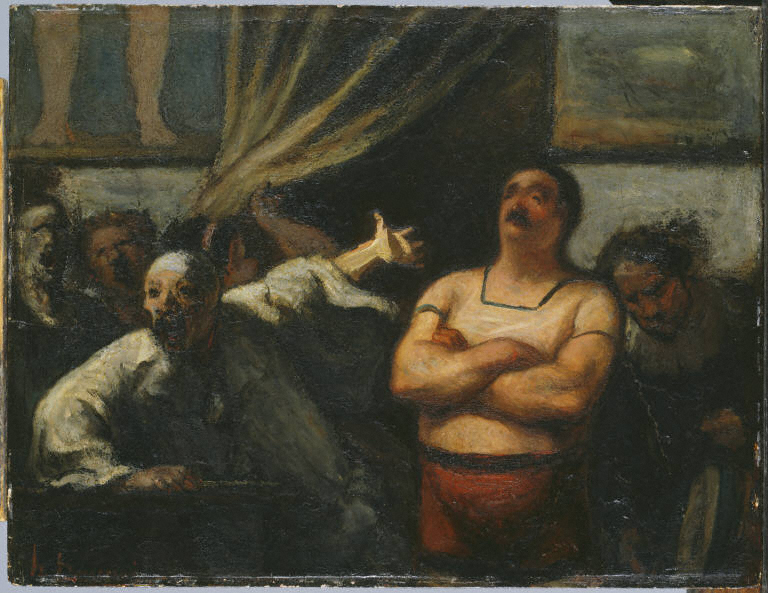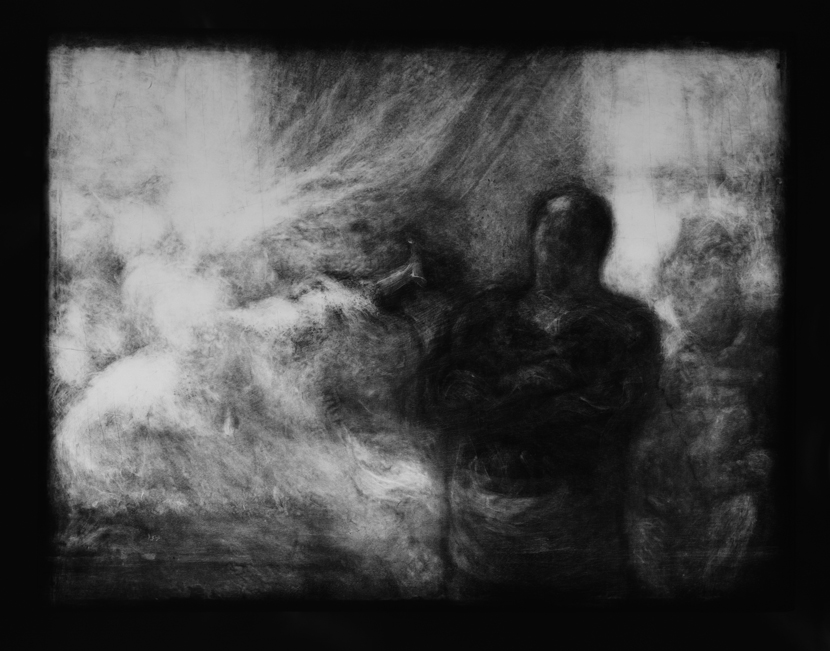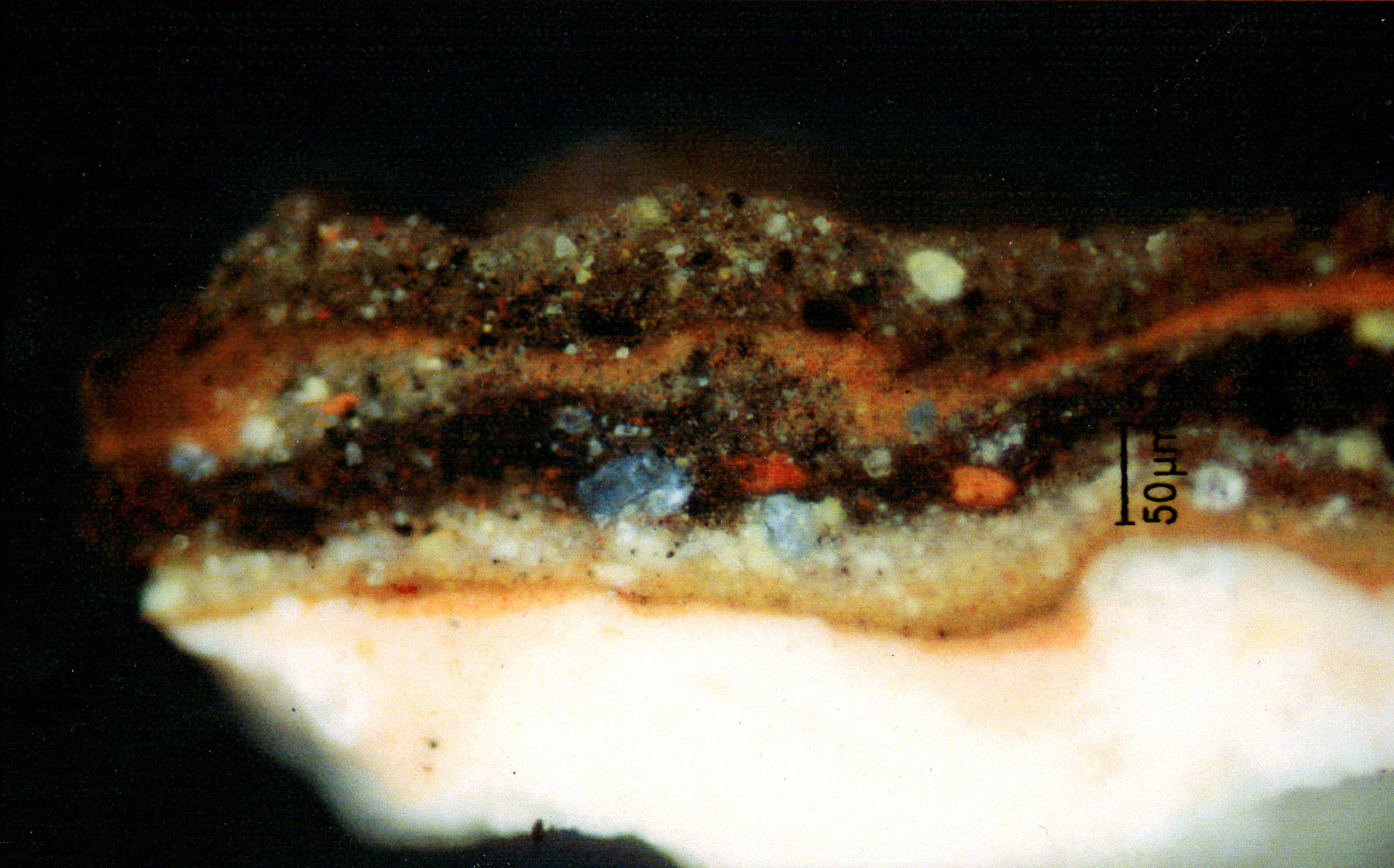After discovering a hidden painting underneath the Phillips’s The Blue Room (1901) by Pablo Picasso, conservators and curators are still researching the identity of the person in the portrait. You’ve been calling, e-mailing, tweeting, and posting your ideas about who the mystery man might be. We’re sharing information on the most popular suggestions here on the blog. Today, we focus on some of the most fun, though perhaps unlikely, suggestions.
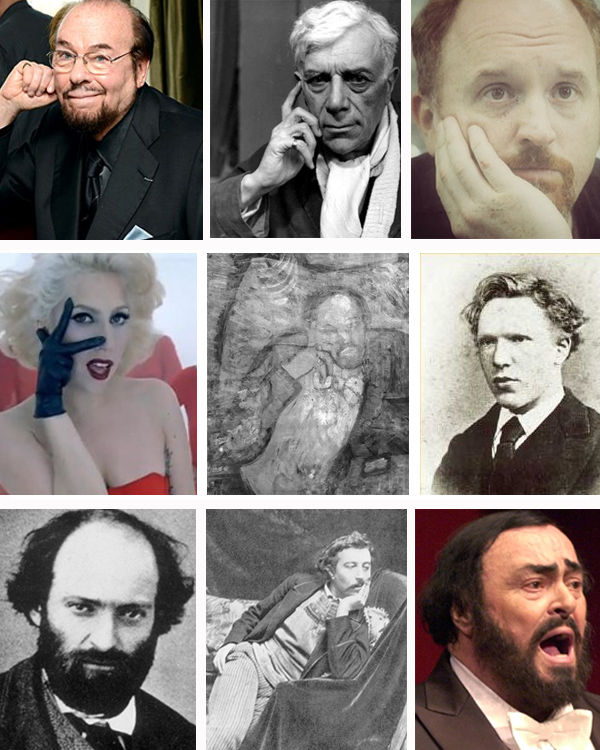
Images left to right: (Top) James Lipton; Georges Braque; Louis CK (Middle) Lady Gaga; Infrared of Pablo Picasso’s The Blue Room (1901). The Phillips Collection, copyright 2008; Vincent van Gogh (Bottom) Paul Cézanne; Paul Gauguin; Luciano Pavarotti
While the suggestion may not have been a serious one, we can’t help seeing the striking resemblance between James Lipton (top left) and the portrait found behind Picasso’s The Blue Room (center) after one of our Facebook fans suggested it to us. Same goes for Louis CK; Lady Gaga, however, is a bit more of a stretch even in jest. Above are some of our favorite suggestions thus far, comedic or otherwise.
Send us your idea of who the mystery man may be with #BlueRoom or in the comments below.

